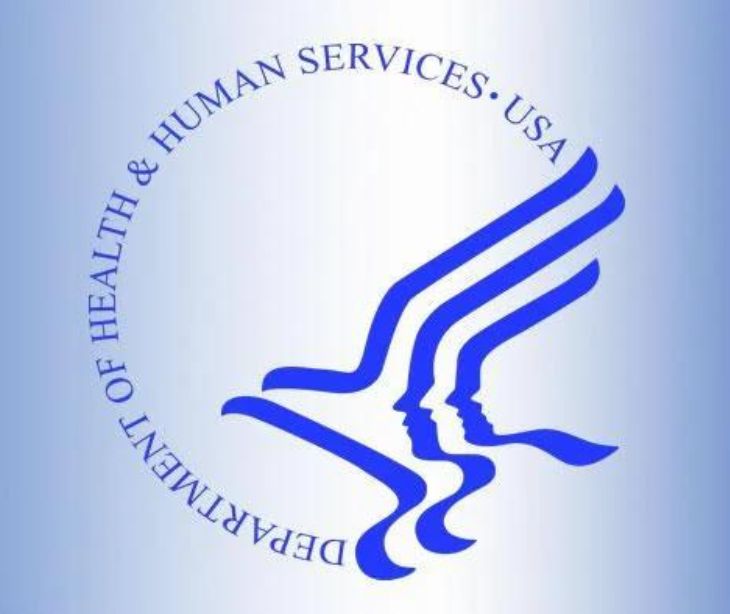3 min read
CMS final rule mandates minimum staffing standard for nursing homes
Farah Amod
May 27, 2024

CMS has recognized adequate and well-trained personnel's role in delivering exceptional care to the vulnerable population in long-term care settings.
What happened
On April 22, 2024, the Centers for Medicare & Medicaid Services (CMS) issued a final rule to transform how long-term care facilities operate. This regulation, known as the Medicare and Medicaid Programs; Minimum Staffing Standards for Long-Term Care Facilities and Medicaid Institutional Payment Transparency Reporting Final Rule, sets forth a framework to ensure safe and quality care for residents in these facilities.
Going deeper
The provisions of the Final Rule center around the implementation of mandatory staffing levels for long-term care facilities. These requirements are designed to ensure that residents receive the necessary attention and support from qualified professionals, ultimately enhancing the overall quality of care.
Minimum total nurse staffing hours
Under the new regulations, nursing facilities must meet or exceed a minimum of 3.48 hours per resident day (HPRD) for total nurse staffing by May 11, 2026, for non-rural facilities and May 10, 2027, for rural facilities. This standard encompasses a diverse range of nursing staff, including registered nurses, licensed practical nurses, and nurse aides.
Registered nurse presence and minimum hours
The Final Rule further stipulates that a registered nurse (RN) must be on-site 24 hours per day, seven days a week, to provide direct resident care. This requirement must be met by May 11, 2026, for non-rural facilities and May 10, 2027, for rural facilities.
Hardship exemptions
The CMS recognizes that some facilities may face unique challenges in meeting staffing standards. To address this, the Final Rule includes provisions for hardship exemptions. However, these exemptions are limited and subject to stringent criteria. To qualify for an exemption, a facility must demonstrate that its nursing workforce is at least 20% below the national average, provide documentation of its financial commitment to staffing, and actively engage in good-faith efforts to hire and retain staff.
In the know
Alongside the staffing requirements, the Final Rule introduces enhanced facility assessment mandates. By August 8, 2024, nursing facilities must implement assessments to determine the resources necessary to care for their resident population. These assessments must consider factors such as the facility's resident demographics, available resources, community-based risks, and strategies for maximizing staff recruitment and retention.
The goal of these enhanced assessments is to empower facilities to proactively identify and address the evolving needs of their residents, ensuring that the appropriate resources and personnel are in place to deliver high-quality care.
The Final Rule also introduces a new layer of transparency for Medicaid payments for long-term care services. State Medicaid agencies are now required to report the percentage of Medicaid payments that are allocated to compensation for direct care workers and support staff. By May 10, 2028, states must submit annual reports to CMS, providing facility-level data on the percentage of Medicaid payments spent on direct care worker and support staff compensation. This information will be made publicly available, fostering greater accountability and enabling stakeholders to assess the allocation of resources within the long-term care system.
What was said
According to a new analysis released by KFF on the same day as the final rule, most nursing facilities will need to hire additional staff to comply with the new federal requirements. Currently, fewer than 1 in 5 (19%) nursing facilities meet the minimum staffing standards outlined in CMS's final rule. However, nearly 60% of facilities meet the interim overall staffing requirement of 3.48 hours per resident day.
"CMS has adopted staffing standards similar to those proposed last year, which include minimum staffing levels of 0.55 registered nurse hours and 2.45 nurse aide hours per resident day. The final rule maintains these staffing levels and introduces an overall requirement of 3.48 hours per resident day. Additionally, the rule mandates that a registered nurse be on staff 24 hours a day, 7 days a week," KFF reported.
Why it matters
The CMS Final Rule on minimum staffing standards for long-term care facilities represents a milestone in the ongoing efforts to improve the quality of care for vulnerable residents. By establishing clear and enforceable requirements, the agency tries to address longstanding challenges, reduce staff burnout and turnover, and promote more consistent and attentive care.
While implementing these regulations may present short-term challenges, the long-term benefits of enhanced staffing and transparency are poised to transform long-term care. As facilities navigate this transition, they must seize the opportunity to raise the standard of care, prioritize the well-being of their residents, and demonstrate their unwavering commitment to providing the highest level of support and attention.
Subscribe to Paubox Weekly
Every Friday we'll bring you the most important news from Paubox. Our aim is to make you smarter, faster.



